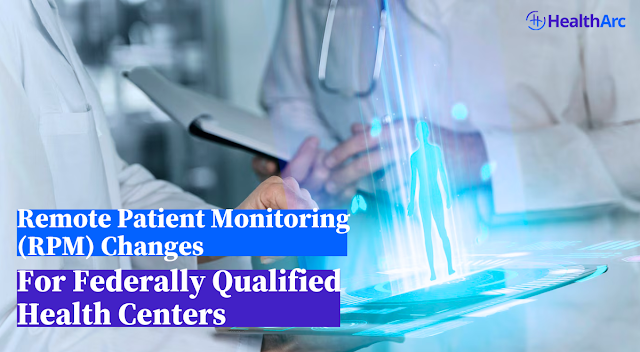Remote Therapeutic Monitoring (RTM): Key Use Cases Transforming Patient Care
In today’s evolving healthcare landscape, Remote Therapeutic Monitoring (RTM) has emerged as a crucial digital health innovation, bridging the gap between in-person and virtual care. While Remote Patient Monitoring (RPM) focuses on collecting physiological data, RTM goes a step further by tracking non-physiological patient data such as medication adherence, musculoskeletal progress, and therapy outcomes. With RTM, healthcare providers can deliver personalized care, improve compliance, and optimize clinical outcomes—all from a remote monitoring platform.
What Is Remote Therapeutic Monitoring?
RTM, introduced by CMS in 2022, enables clinicians such as physical therapists, occupational therapists, and nurse practitioners to remotely manage patients’ therapeutic activities using digital health tools. Through RTM software, providers collect and review data related to therapy response, pain levels, and medication effectiveness. This data empowers them to make timely adjustments to treatment plans—enhancing both efficiency and patient satisfaction.
Learn more about the difference between RPM and RTM in our blog: Overcoming Remote Monitoring Challenges in Pain Management: RPM vs RTM Solutions
Top Use Cases of Remote Therapeutic Monitoring
1. Musculoskeletal Therapy Tracking
One of the most common RTM applications is in musculoskeletal (MSK) care. Using wearable sensors or smartphone-based apps, patients performing rehabilitation exercises can share their activity levels, range of motion, and pain feedback with therapists in real-time. This reduces hospital visits and improves therapy adherence. Leading remote therapeutic monitoring companies are integrating AI-driven analytics to provide actionable insights for providers.
For a complete view of virtual therapy tools, visit our Remote Therapeutic Monitoring page.
2. Medication Adherence and Pain Management
Medication non-adherence contributes to billions in avoidable healthcare costs annually. RTM enables real-time tracking of medication use and patient-reported side effects, allowing timely interventions. This is particularly beneficial for chronic care management programs involving conditions like arthritis, COPD, or cardiovascular diseases.
Clinicians using RTM software can send automated reminders, adjust dosage plans, and monitor therapy compliance—all through an integrated care management platform such as HealthArc’s Care Coordination Software.
3. Post-Surgical Recovery Monitoring
Postoperative care is another area where RTM delivers significant value. Patients recovering from orthopedic or cardiovascular surgery can log symptoms, wound status, and activity tolerance remotely. The data captured through remote monitoring solutions helps care teams intervene early and prevent complications, minimizing readmissions.
Discover how technology drives better patient outcomes in Top Remote Patient Therapeutic Monitoring Software Solutions.
4. Behavioral and Pulmonary Rehabilitation
RTM also supports behavioral and pulmonary therapy management. Providers can track patient engagement in breathing exercises, sleep patterns, and activity levels using connected devices. By analyzing these digital biomarkers, healthcare professionals can personalize behavioral interventions and improve recovery trajectories.
Related read: Remote Patient Monitoring for Respiratory and Pulmonary Diseases
The Role of HealthArc in Enabling RTM Success
As one of the leading remote therapeutic monitoring companies, HealthArc offers a unified remote monitoring platform that seamlessly integrates RTM, RPM, CCM, and TCM programs. The platform’s data-driven approach enables providers to deliver comprehensive virtual care, streamline workflows, and boost revenue through Medicare-compliant billing codes.
By combining care management software with advanced analytics, HealthArc empowers clinicians to track therapy adherence, monitor progress, and engage patients continuously—all while ensuring HIPAA-compliant remote access and secure data integration with EHR systems.
Final Thoughts
Remote Therapeutic Monitoring is redefining how therapy is delivered and managed in the modern healthcare ecosystem. From musculoskeletal recovery to pain management and post-surgical rehabilitation, RTM use cases continue to expand across specialties. With platforms like HealthArc leading the innovation in RTM software and remote healthcare monitoring, providers can now achieve higher efficiency, improved outcomes, and enhanced patient engagement—all within a single connected ecosystem. Explore how HealthArc can support your practice’s RTM and RPM goals at www.healtharc.io.
%20Key%20Use%20Cases%20Transforming%20Patient%20Care.png)


%20Changes%20for%20Federally%20Qualified%20Health%20Centers%20(1).png)
Comments
Post a Comment